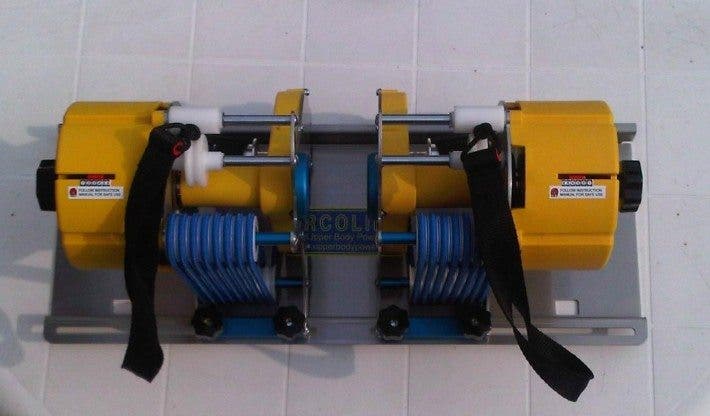The question of which physiological parameters predict endurance sports performance is different for each sport, although the basics of maximal oxygen uptake , lactate threshold, and effort economy remain similar. The determination of performance predictors in endurance sports such as running or cycling has been possible thanks to the feasibility of laboratory tests, however, cross-country skiing has provided a greater challenge than other sports due to the difficulty to replicate this modality in laboratories. In recent years, resources have been improved to simulate the environment in which skiers compete, but even so this sport is a great challenge for physiologists and scientists when it comes to researching it.
New methods for testing
The introduction of the tape test (treadmill) for more size to perform tests in Rollerskis and ergometers ski to simulate the movement of the drive arm, researchers have been able to predict more accurately, performance and thus contribute more accurate data to carry out training programming.
A very valuable test for predicting cross-country skiing performance is measuring the power capacity produced by the upper body. Test that can be performed on a ski ergometer and that is increasingly being taken as a starting point to find out what situation athletes are in. Therefore, we would go so far as to say that upper body power is crucial to cross-country skiing success.

Performance for speed tests
Speed tests in cross-country skiing are very different from running 100m or 200m on a running track, as it requires the use of energy systems similar to that used in 800m to 1500m running events.
The predominant energy system used in events lasting 3 to 15 seconds is the ATP-phosphocreatine (PCr) system, where the energy is mainly being supplied by the PCR system. For events that run between 10-75 seconds, the utilization of the PCr system decreases and the glycolytic system provides energy to a greater extent. When the performance lasts more than 2 minutes, the oxidative system is providing most of the energy through the ATP generated by the combustion of carbohydrates, fats and amino acids. Thus, while in athletics races of 100 and 200m the energy system is the CRP and glycolytic, in a sprint race of cross-country skiing where the time used is ≥ 2:50 minutes, the contribution of the systems of energy (PCr, glycolysis and oxidative).
Conclution
The maximum speed achieved in double pole in speed tests on rollerskis can predict the performance of a sprint type test in snow. The highest force values recorded in tests carried out in double pole technique have also shown characteristics of the fastest skiers in classic technique on snow. The frequency of the movement cycle is also a determining factor of technical mastery, economy of effort and speed of execution.
There may be other tests or combinations of laboratory and field tests that are based on better conditions for predicting speed performance in cross country skiing. Studies have focused primarily on elite male athletes and classical technique, while other ages, as well as skills on skis, skating technique and women have not been well studied or are yet to be studied. Therefore, we can conclude that there is a need to evaluate the relationship between laboratory and field tests to be able to observe the performance of speed ability in cross-country skiing in young skiers of both sexes to be able to start to know what factors are determining in stages that we could say that they are of development.
Ultimately, the speed performance of cross-country skiers can serve to distinguish between athletes who should focus on sprinting versus distance events or vice versa, as well as provide the practical measures for planning training.